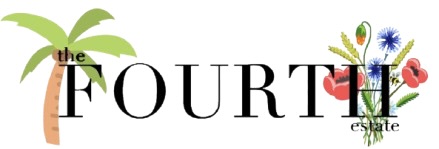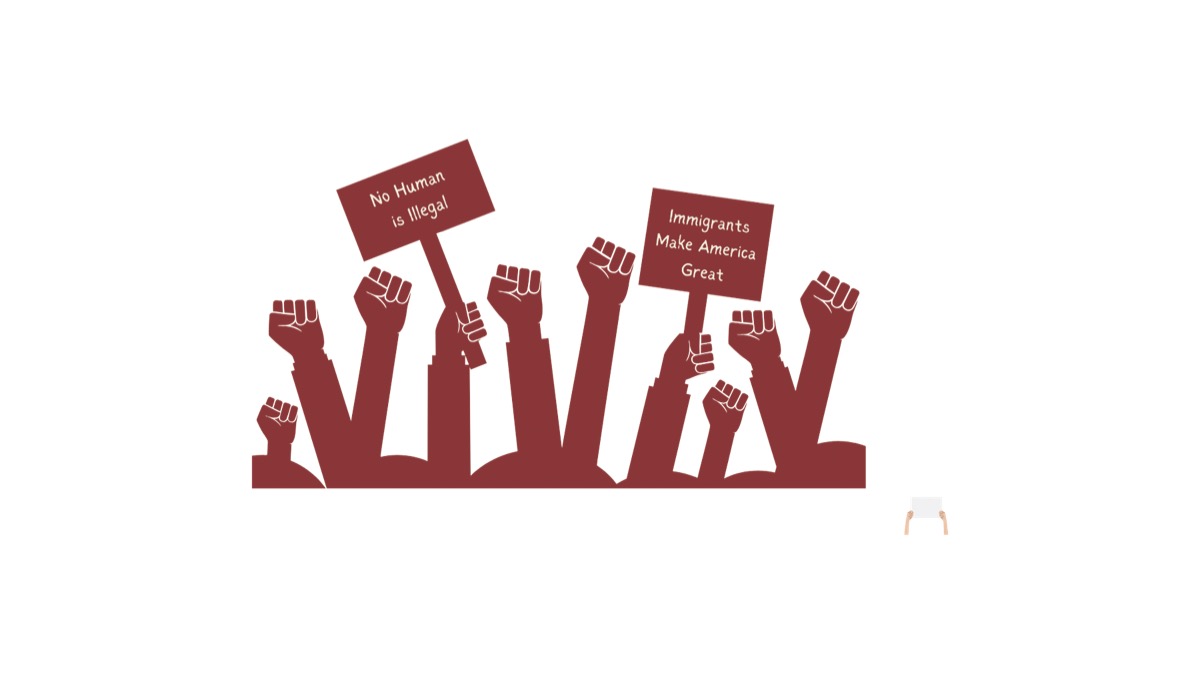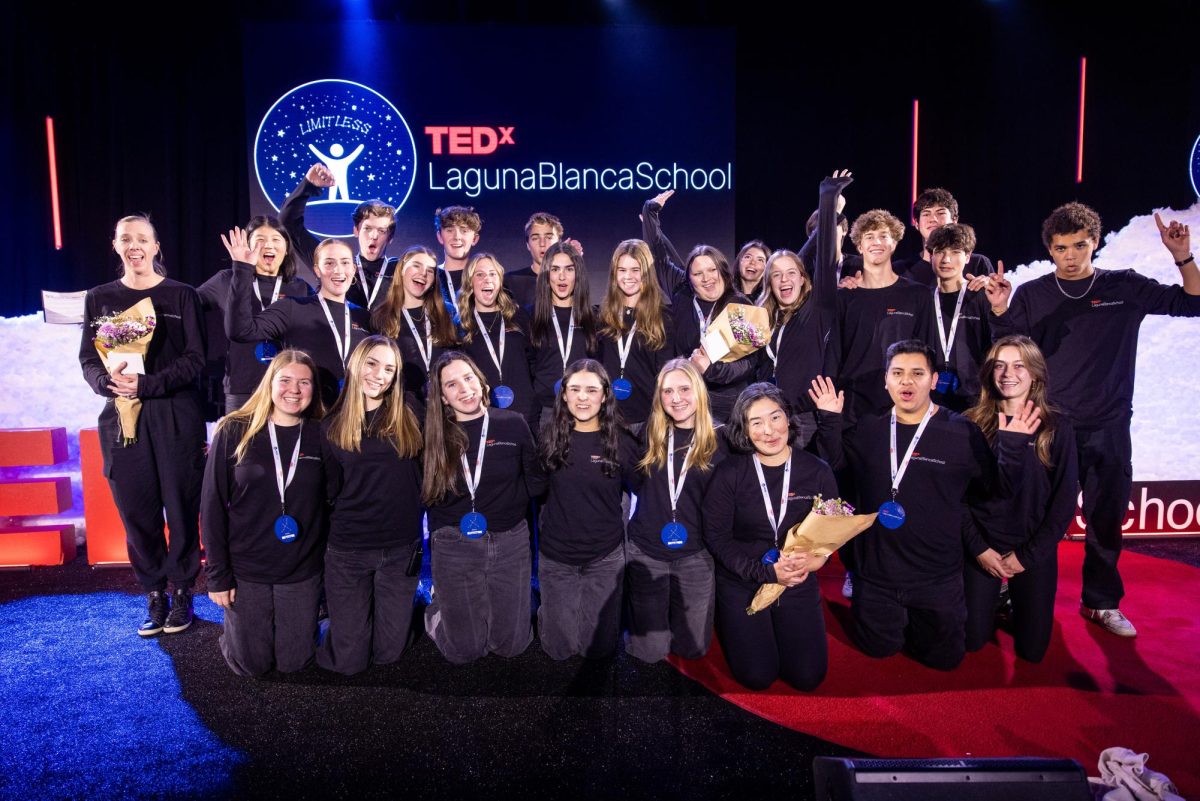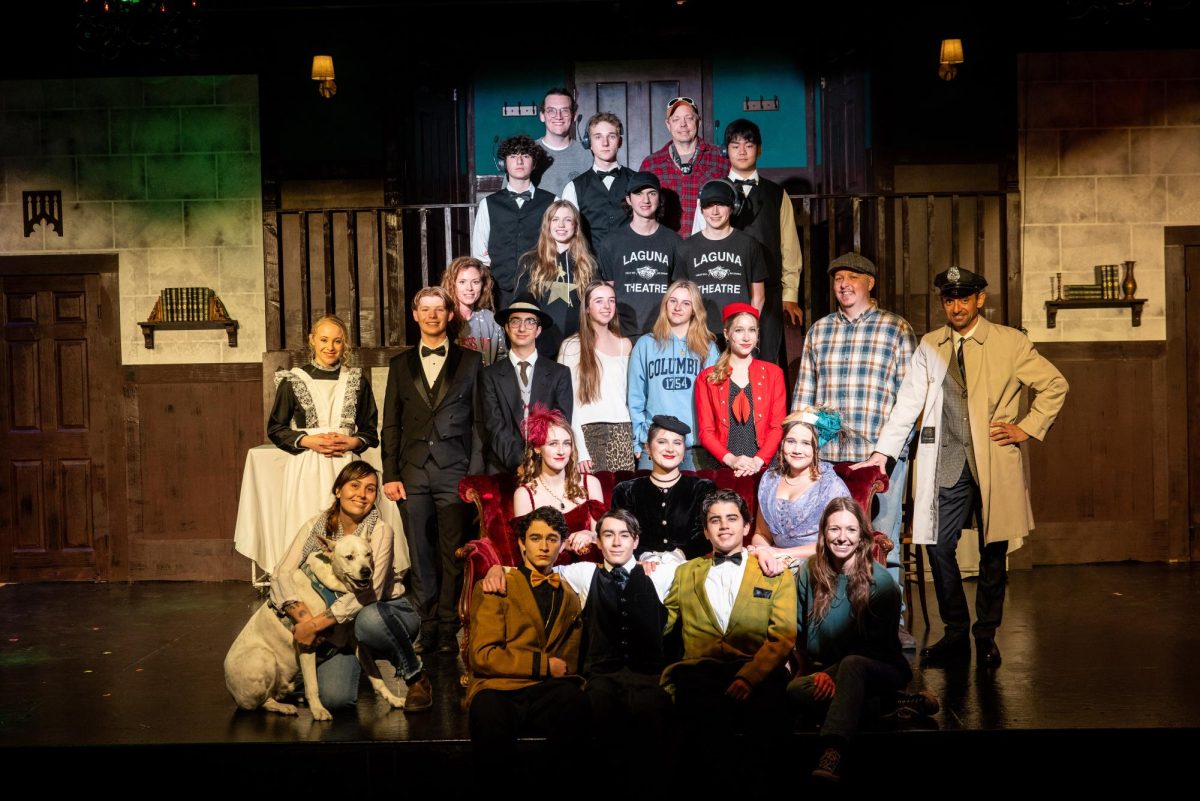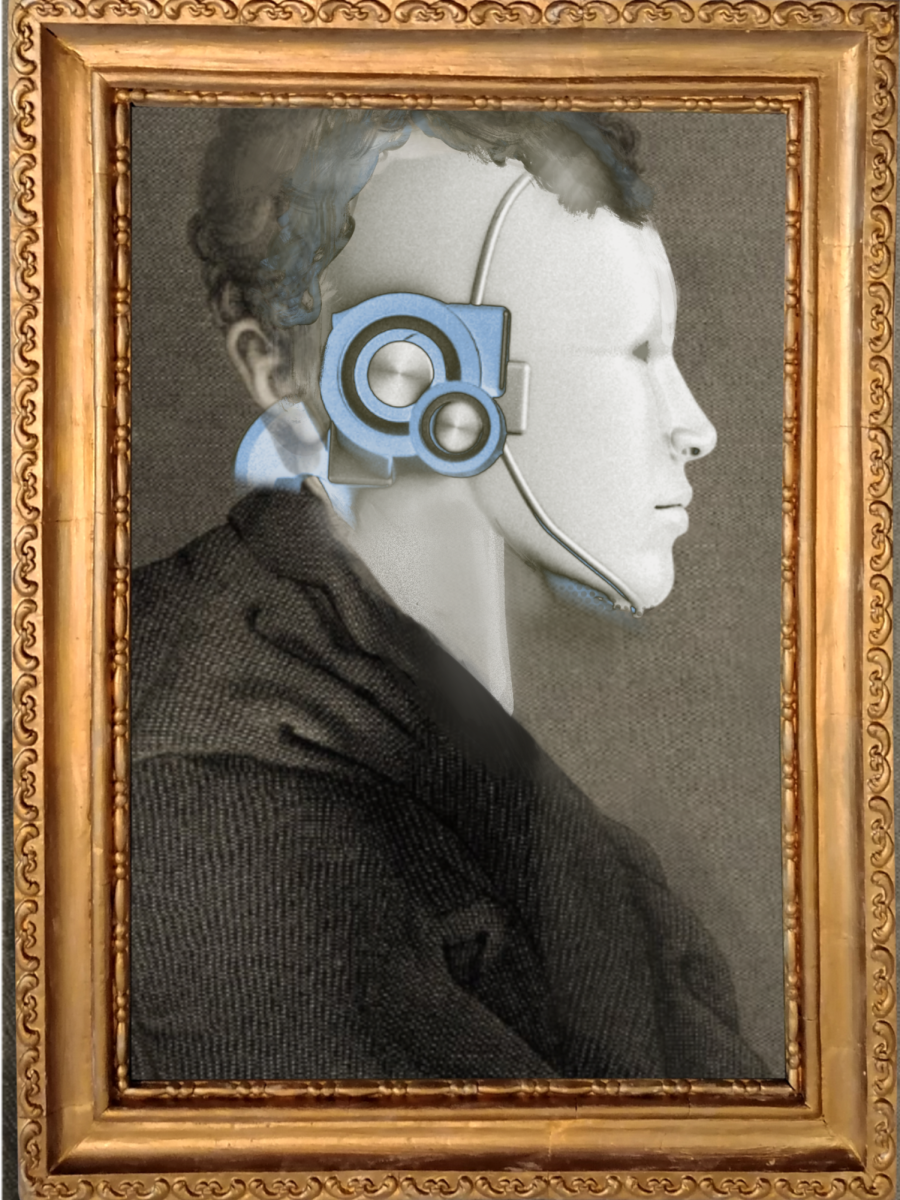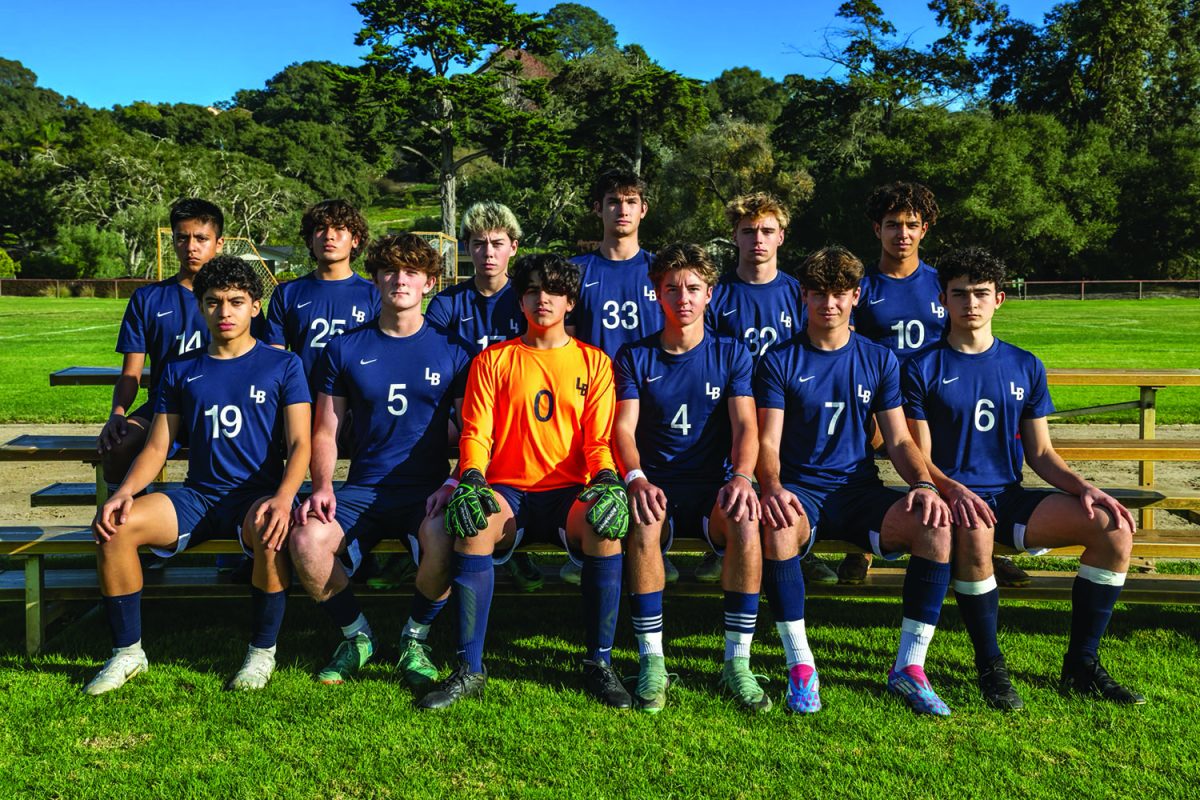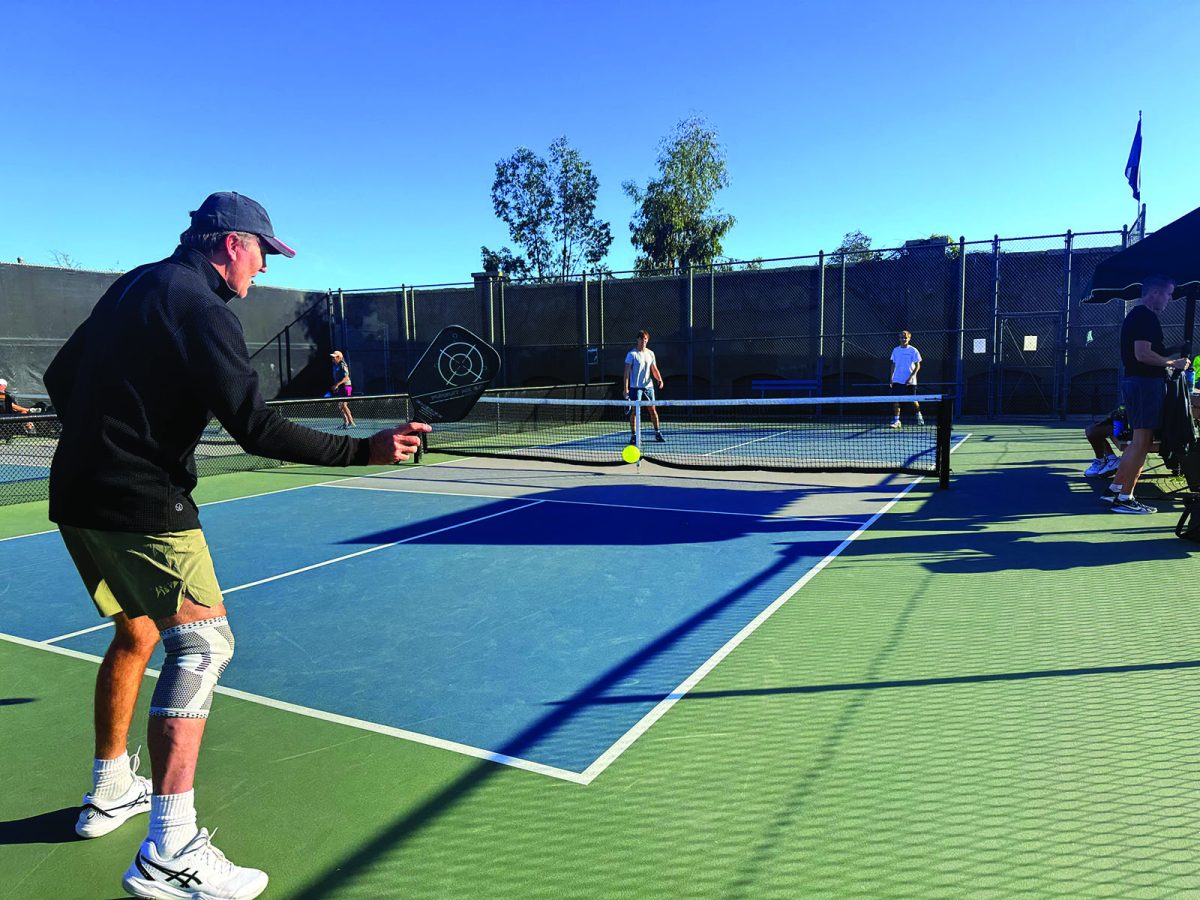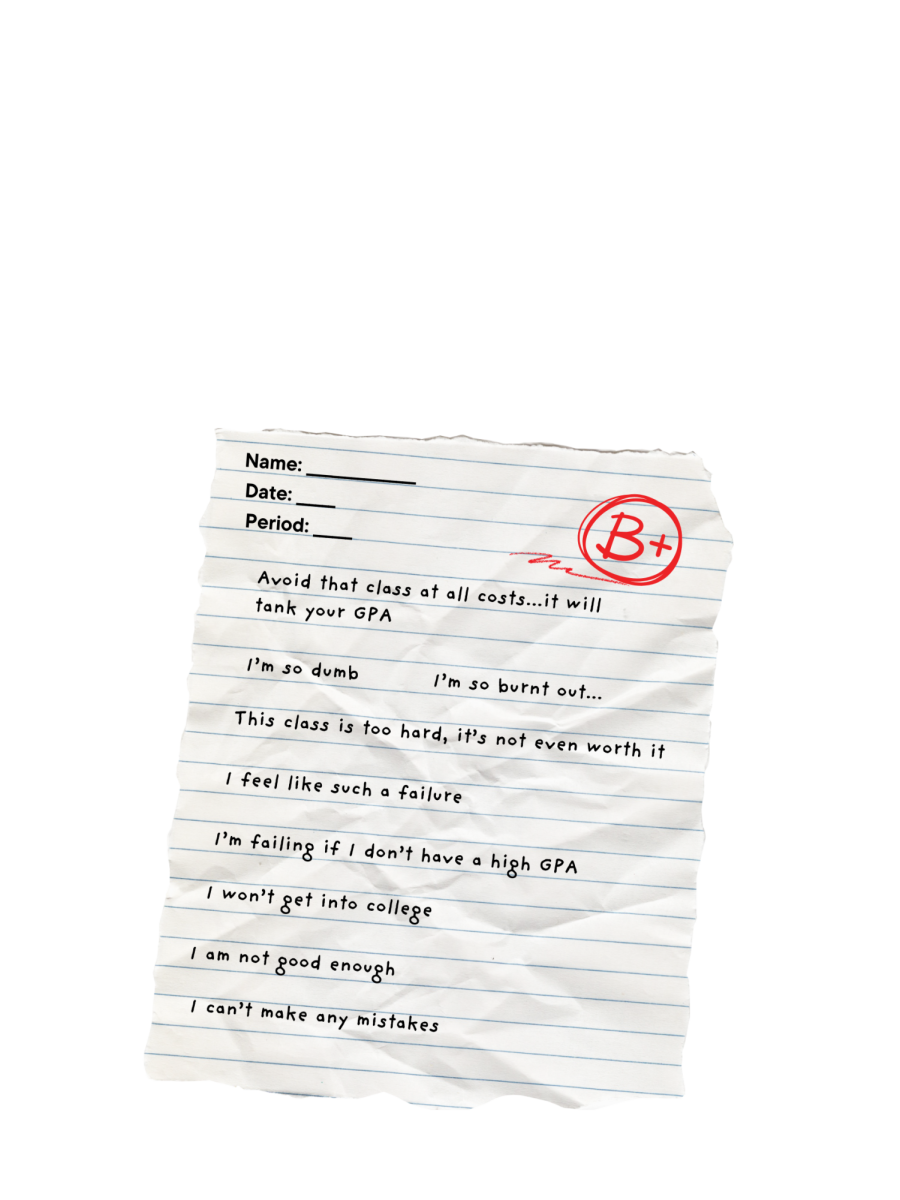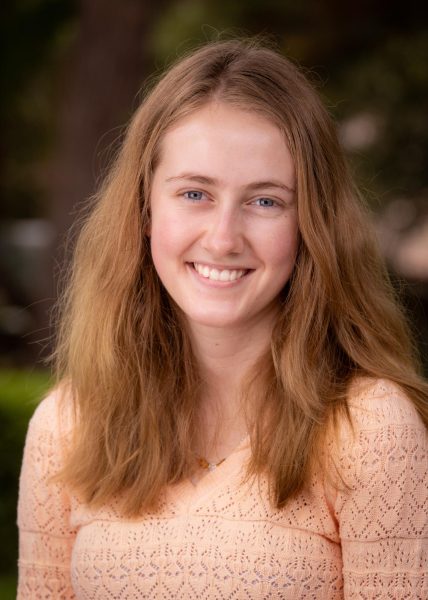Back in the days before the internet, digital cameras, and even before Blake Dorfman’s high school years, a group of passionate creative writers had an idea for a Laguna student newspaper.
“We were part of a relatively unique group of classes that sort of pioneered ‘first-ever’ elements of Laguna. We created the first student store, we ran the weekly assemblies, and we started the Fourth Estate, to name a few,” said Stephen Borhan Sobhani, a founding staff member.
Students had to be more proactive in keeping up with each other and with school events.
“This was pre-internet, pre-social media, pre-cell phone, and a student newspaper was important to student life and a way we connected,” said Jason Eldred, one of the Fourth Estate’s first editors-in-chief. “It was also just a way that you got to know your peers better and immerse yourself more in the life of the school.”
Prior to the launching of the Fourth Estate, there was a newspaper, more like a flyer, called The Tecolote, but it dissolved and left students feeling a need to connect with each other and with their community.
“Several of us petitioned then-headmaster Michael Collins about restarting the paper and had a meeting in his office,” Eldred said. “As I recall, Mr. Collins’ response was something along the lines of ‘OK, but if we do it, we will turn it into a class. Would you take a journalism class?’”
The next semester, nine students enrolled in the brand-new journalism elective: Jason Eldred, Kristen (Vogel) Blabey, Stephen “Borhan” Sobhani, Allegra (Pollock) Brandano, Robbie Grant, Natalie (Tolejko) Whiteford, Kaili Joy Gray, Megan West, and Berry Bloomingdale.
Collins hired Trish McHale to teach the journalism class for one semester to see if had student support. At the end of the semester, all nine students asked for another semester, and welcomed an additional seven students. The journalism class has been sold out ever since and McHale continues in her role as journalism adviser.
“Ms. McHale was an incredible leader, guide, and constant source of support during that class as we embarked on creating the Fourth Estate and reimagining what the Laguna community would enjoy reading,” Blabey said.
One of the team’s first orders of business was choosing a name for their paper. McHale left it up to a vote, and the winner was Brandano’s suggestion.
As the students had recently learned in history class, the meaning of the “Fourth Estate” originates from the times of the French Revolution: the First Estate referred to the clergy, the Second Estate to the nobility, and the Third Estate represented the commoners.
The Fourth Estate refers to the press: an independent fourth class who could impartially report on the country’s politics. Now, the term includes all news media.
The first issue of The Fourth Estate was an eight-page, 8.5-by-11-inch, black-and-white newspaper, much different from the color glossy magazine it is today.
“Those were not the days of fancy computer programs. They were the days of paper, scissors, scanning, printers, darkrooms to develop our own film negatives and print photos (in what is now Kalfas) and paper proofs, which we would run to the printer just in time,” Blabey said.
“We did everything the old-fashioned way. We had to look up style rules in the actual AP Stylebook because we didn’t have it online. We had to drive to the printer to deliver our newspaper for publication,” Gray said. “Now, I can’t even imagine fact-checking articles without the internet, but somehow we did it.”
That first issue of the paper had an impressive cover story. McHale acquired two press passes to see the First Lady Hillary Clinton speak at the Miramar Hotel. She and Blabey attended the White House event as members of the official press corps—a ticket professional Santa Barbara journalists were refused.
“We stood there with the other members of the press corps, my recorder and notebook in one hand, camera in the other, and had the chance to participate in the press briefing. We met [Clinton] and were able to write about that experience to launch The Fourth Estate. It was absolutely incredible!” Blabey said.
The original staff members took what they learned with the Fourth Estate through college and beyond. Grant, Brandano, and Gray continued to study journalism.
“Working on [The Fourth Estate] gave me the production vocabulary to jump right into the journalism program at SBCC, where I became editor-in-chief of The Channels after only one semester,” Grant said. 
Fourth Estate staff members from 1994-1995 and 2024-2025 celebrate 30 years in print.
Brandano became the entertainment editor at a Boston College newspaper and earned her master’s in journalism from Boston University.
“My experience with The Fourth Estate sparked my passion for journalism,” Brandano said.
After her time at Laguna, Gray launched her career in journalism.
“Today, I’m the chief content officer of Daily Kos, a progressive political news site with over a million views a day. I oversee writers, editors, our newsletter program, and social media—and all of that is because I got my start at The Fourth Estate,” Gray said.
West was the paper’s first art editor and went on to be a professional artist. “That experience was so much more than just a high school project; it truly shaped my future as an artist,” West said. “The skills I learned—how to communicate visually, how to collaborate with others, and how to embrace constructive criticism—were foundational for my art career. It sparked a love for visual storytelling that led me down a path I never anticipated.”
All the staff members look back on their time in journalism class fondly and remember the challenges they faced as some of their favorite high school memories.
“Starting The Fourth Estate was one of the highlights of my time at Laguna. I still remember the spirited debates around the name and our quest for the perfect format,” Bloomingdale said.
Thirty years later, the publication has evolved into an award-winning quarterly magazine and website that represents its school community.
“[The Fourth Estate] could easily have folded and long-faded from memory by now, but it adapted and it did more than just survive; it has thrived,” Sobhani said.
“The journalism students that followed us put into place the right stewardship mechanisms, protected flexibility to new ideas, maintained continuity of leadership, and the critical importance of continuing to give student voices a place to be heard.”
